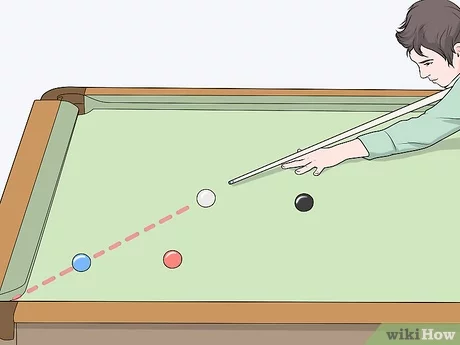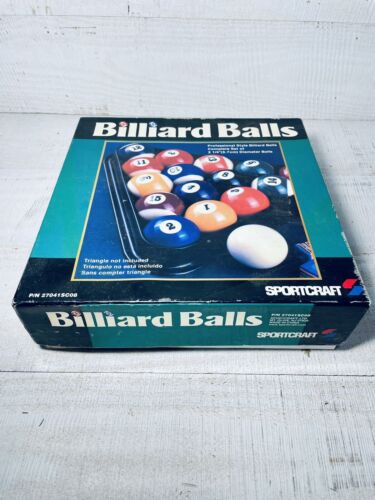
Billiards requires skill-based players to hit the cue ball at an exact angle. This allows the cue ball to travel at a certain speed and gives it a spin. But, many players do not consider angles and shoot their shots in a haphazard manner. If you're a beginner, you can take some time to learn about the different positions you can hit the cue ball in order to get a clear idea of where you should be hitting it.
You must first understand what angles you can use to grasp the game. You can avoid costly mistakes by taking the time to learn the various options and how they affect you play. You can actually learn the angles and how they affect your shot by taking the time to practice. This will give you the confidence to take better shots in the future.

A good way to calculate your angles is to have a notebook and a pen handy. Every time you hit the cue ball, you should consider how it will affect the rest of the game. A general plan should be developed for every shot. If you want to draw the cue ball back, you should hit it just above the center. This is the best spot to hit it. You must follow through, but it won't be of much use.
You can also practice your cue ball skills by playing a few rounds. One option is to play pool online. The web version allows you to place the cueball and tap the left mouse button. Once you get the hang of it, you can begin playing real pool.
It is difficult to achieve the correct cue ball angle. It requires a bit of trial and error, but it can be done. Remember to take the time to hit the ball with the correct angle and to use a good technique when it comes to follow through. You will have a slim chance of getting a shot that goes well.
There are a few other things to consider when it comes to where to hit the cue ball. There is no magic number. The best areas to aim at are those that allow the least interference from other people. To get the best result, you must use the correct English.

A tangent line refers to a line the cue ball follows after impact. The cue ball's center should be the tangent line. It should run parallel to the cue ball's direction. A tangent line is especially useful if the cueball is moving. The speed of the cue ball can also play a role in determining the direction the tangent line will go.